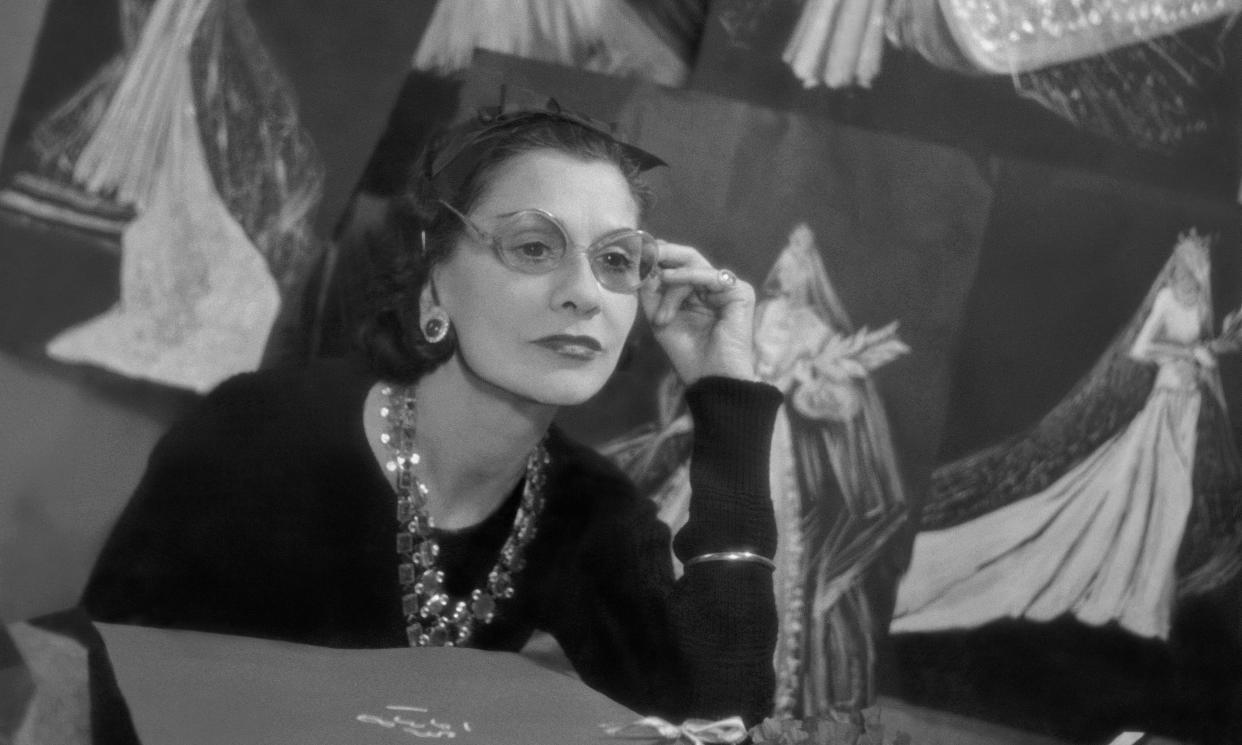V&A Chanel exhibition to feature 200 looks across seven decades

A pink tweed two-piece worn by the actor Lauren Bacall on a holiday in Biarritz in 1959 and a minimalist black silk trouser suit in which the fashion editor Diana Vreeland entertained at home in New York will be among the outfits on display in London in the autumn, when the exhibition Gabrielle Chanel: Fashion Manifesto opens at the V&A.
The first Chanel retrospective to be staged by a major British museum, the show has been significantly expanded from versions previously staged in Paris and Melbourne. Of the 200 outfits on display, 122 are new additions. The curator Oriole Cullen, who also masterminded the V&A’s most recent fashion blockbuster, Christian Dior: Designer of Dreams, said the team had “scoured international collections for never seen before pieces, some over 100 years old”.
The new additions include vintage pieces from the personal wardrobe of the mid-century supermodel Anne Gunning, a favourite subject of the photographer Norman Parkinson in the 1950s, which were donated to the V&A by her family after her death in 1990. Coco Chanel was an admirer of Gunning’s beauty, making several attempts to cast the model in her Rue Cambon catwalk shows. (Gunning, who preferred photographic work to runway modelling, demurred.) The seven looks bequeathed by Gunning, later Lady Nutting, include a 1954 burgundy tweed skirt suit with navy revere collar and cuffs, complete with the bow-trimmed navy sweater supplied as an accompanying layer, and a 1956 black lace strapless evening gown.
Tristram Hunt, the director of the V&A, praised Chanel for having “paved the way for a new feminine elegance, drafting a framework for fashion that continues to influence how women dress today”.
The show will span the seven decades of Chanel’s career. The oldest exhibit will be a sailor-collar blouse in oatmeal raw silk jersey from 1916, avant garde in its radical simplicity; the newest, a pale pink lamé dress from her final collection. Alison Adburgham, the Guardian’s fashion editor at the time, said of the designer’s 1971 swan song: “The look of Chanel, casual but elegant, could be the answer to the modern woman’s dilemma.”
The exhibition will spotlight how the designer’s love of Britain and British countryside pursuits played a key role in the origin story of the Chanel tweed suit. Over the course of a lengthy affair with the Duke of Westminster, the designer also fell in love with the Scottish tweeds that she borrowed from his wardrobe for country walks and fishing excursions. On returning to her atelier in Paris, she fused British tweed with French elegance to dream up her classic boxy skirt suits, a look Vogue described in 1964 as “the world’s prettiest uniform”.
The V&A has said the exhibition will not gloss over the designer’s controversial wartime record. During the early 1940s, a relationship with a Gestapo agent enabled Chanel to maintain a comfortable existence in Paris, living at the Ritz hotel. While the exhibition is not biographical and focuses on Chanel’s career in fashion, “a section will look at the impact of the war” on her personal and professional life.
Chanel as a fashion entrepreneur will be explored in the Invisible Accessory, a room devoted to Chanel No 5 fragrance and its packaging. With its chunky bottle and understated, flower-free name, the scent was “an extension of her vision of modernity”, said Cullen.
• Gabrielle Chanel: Fashion Manifesto at the V&A in London from 16 September. Tickets for the first few weeks of the show are now on sale, with more to be released in June

 Yahoo News
Yahoo News 
